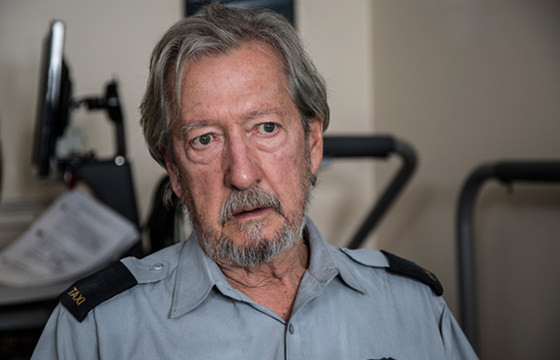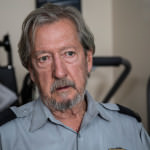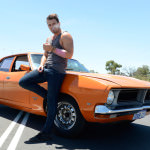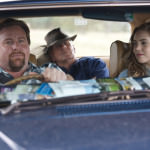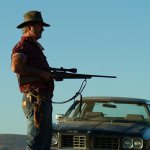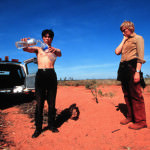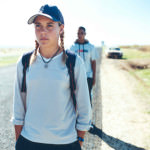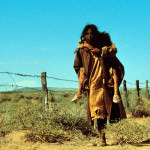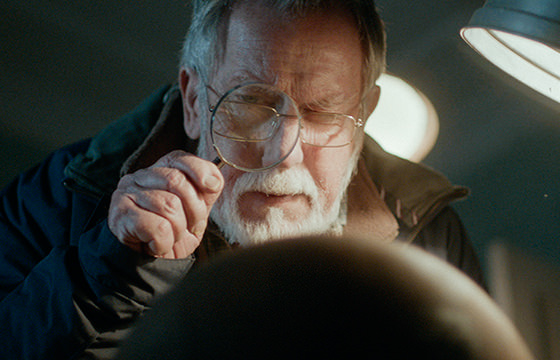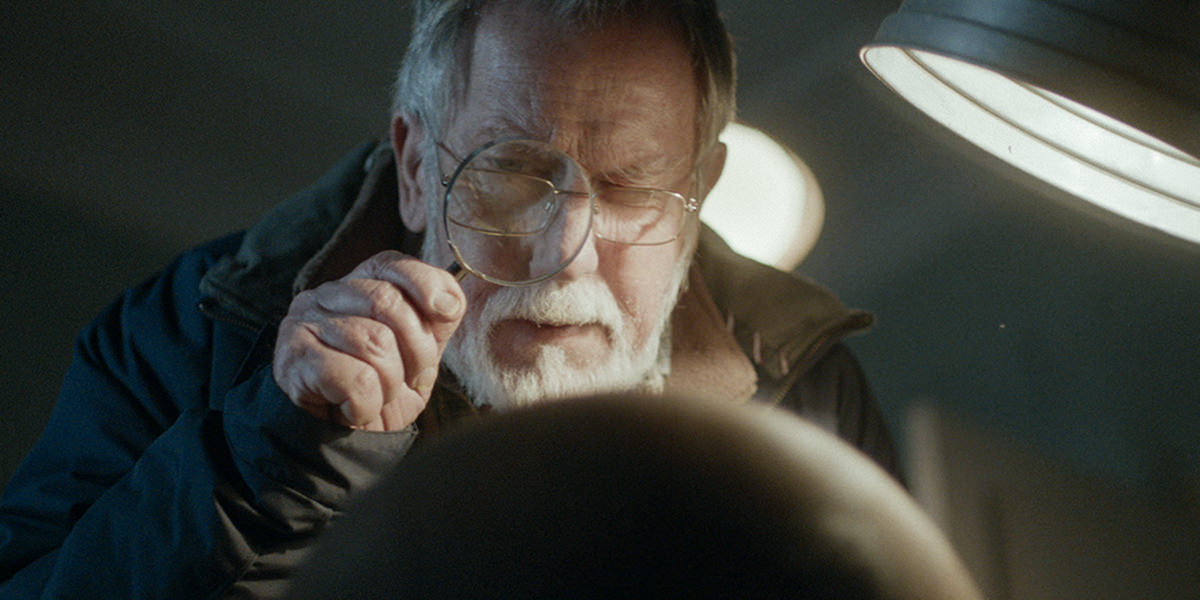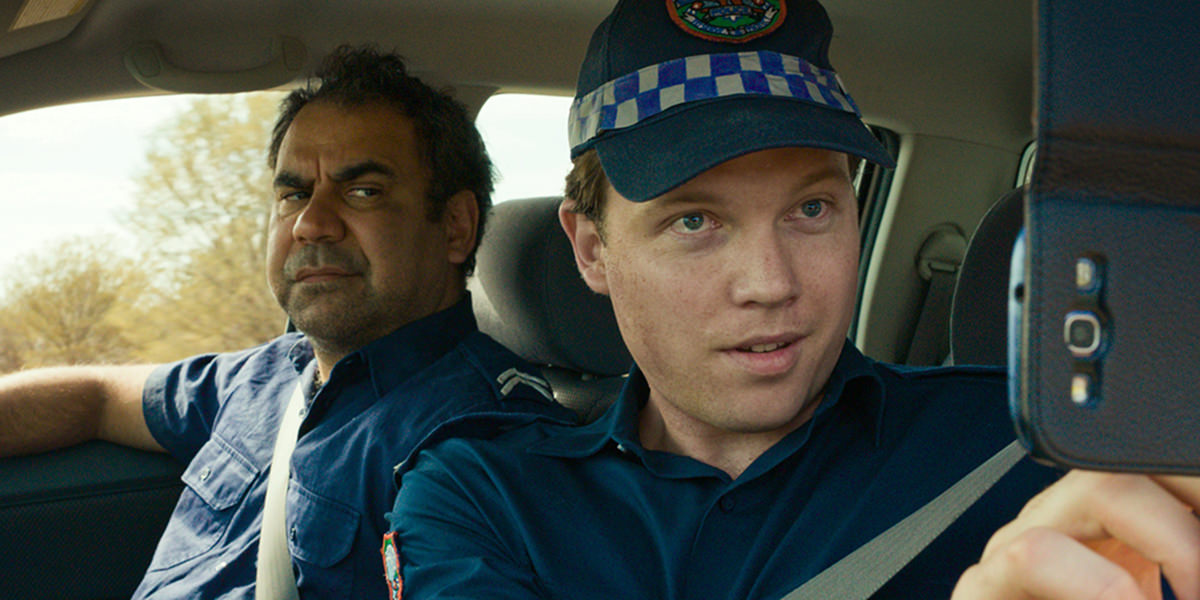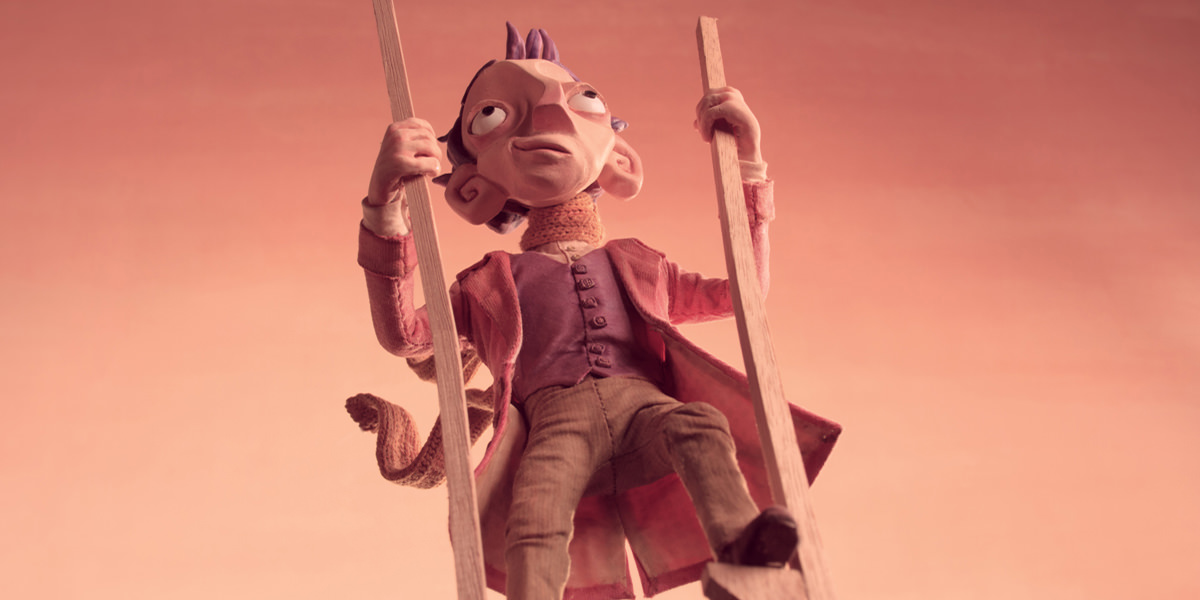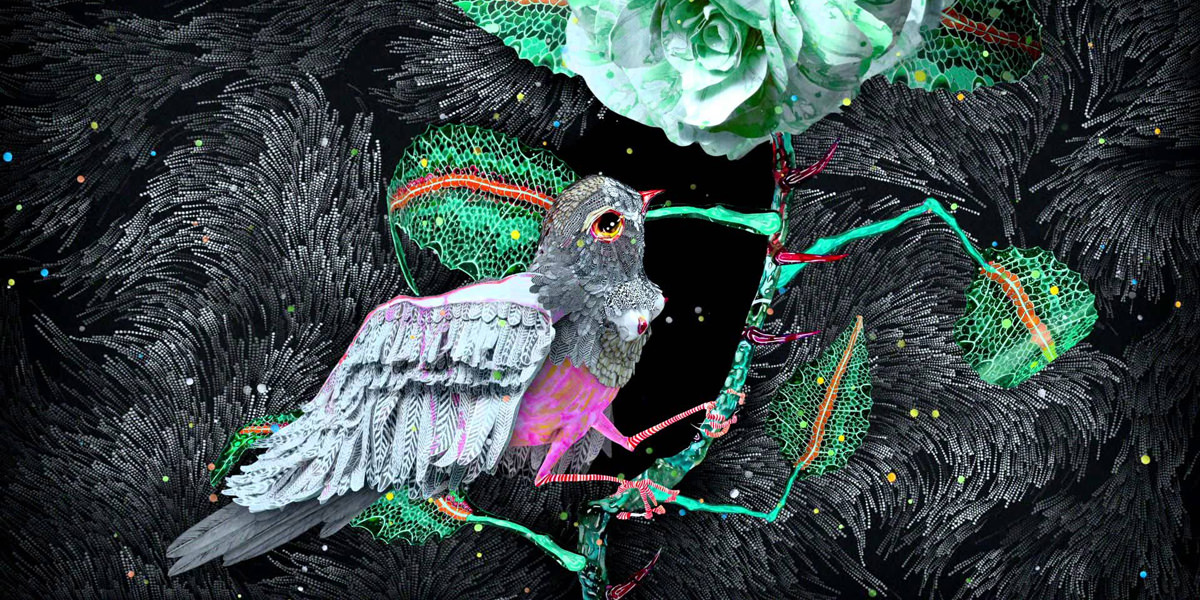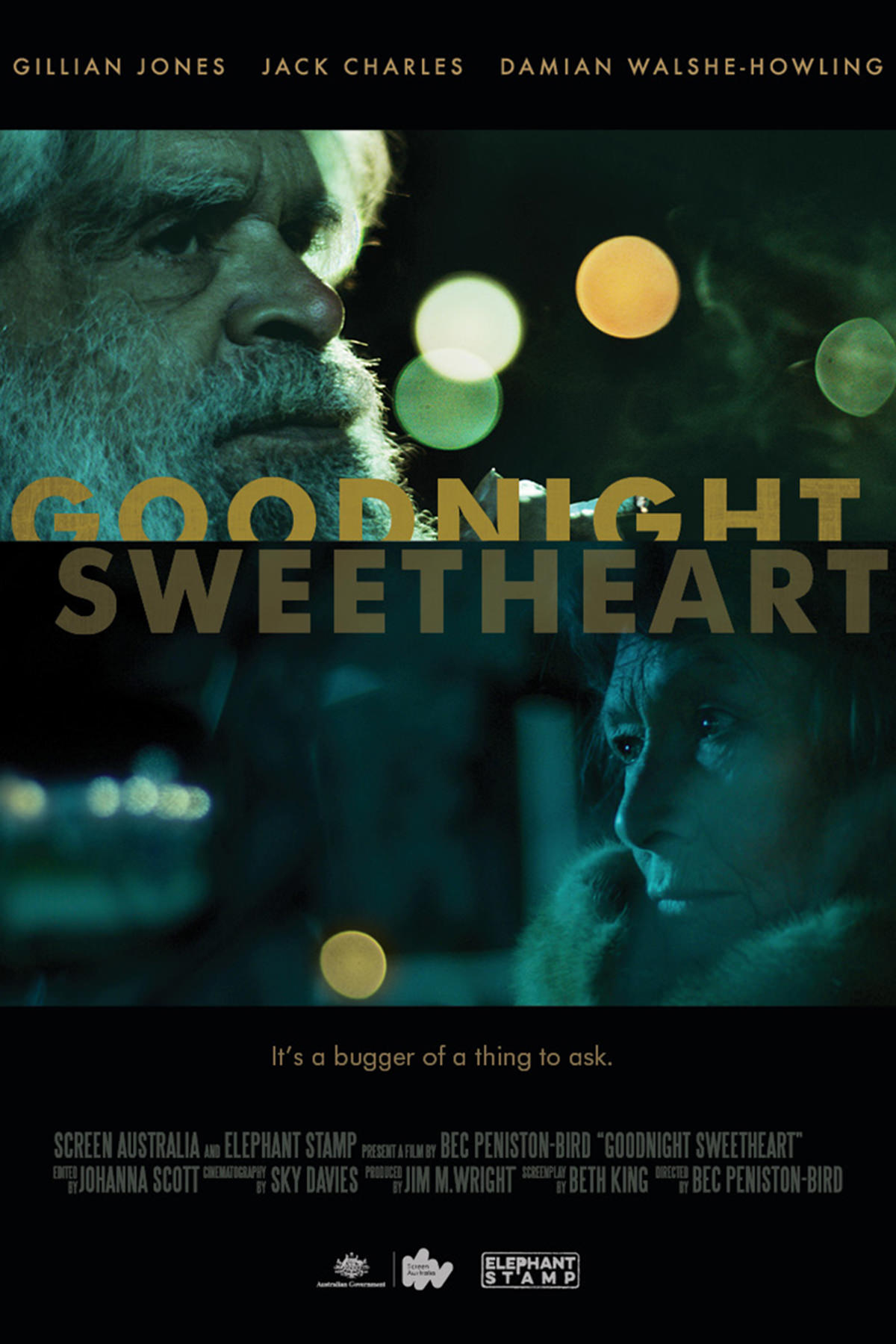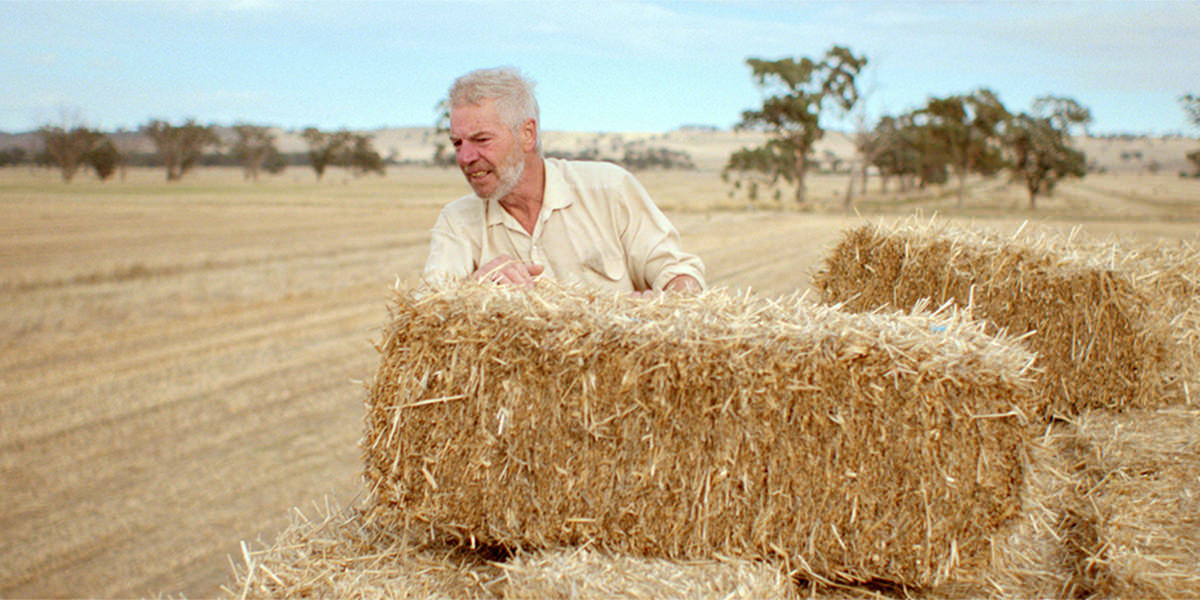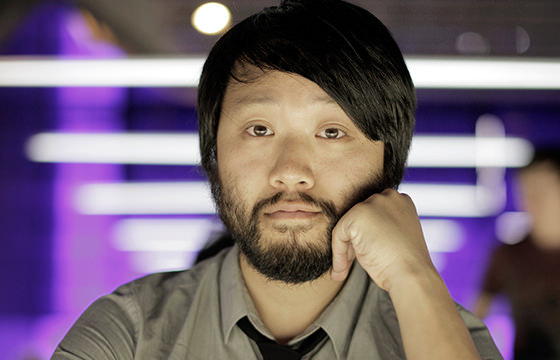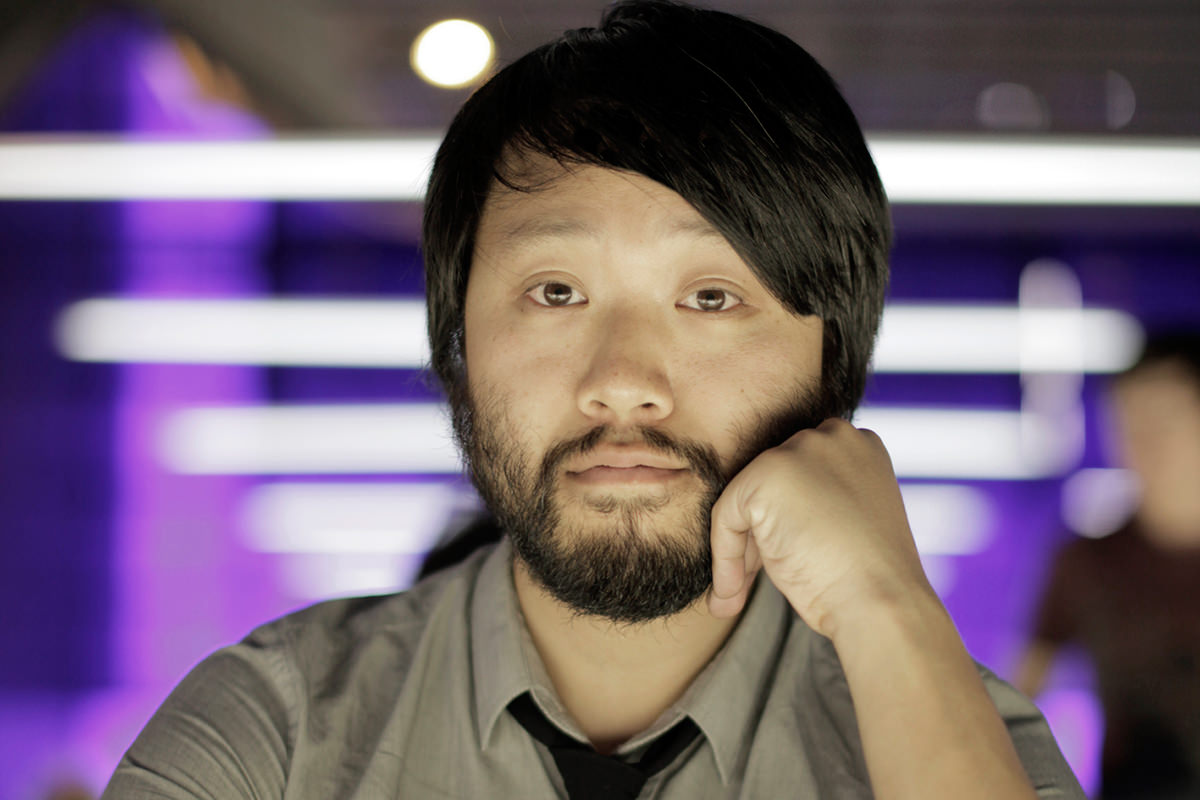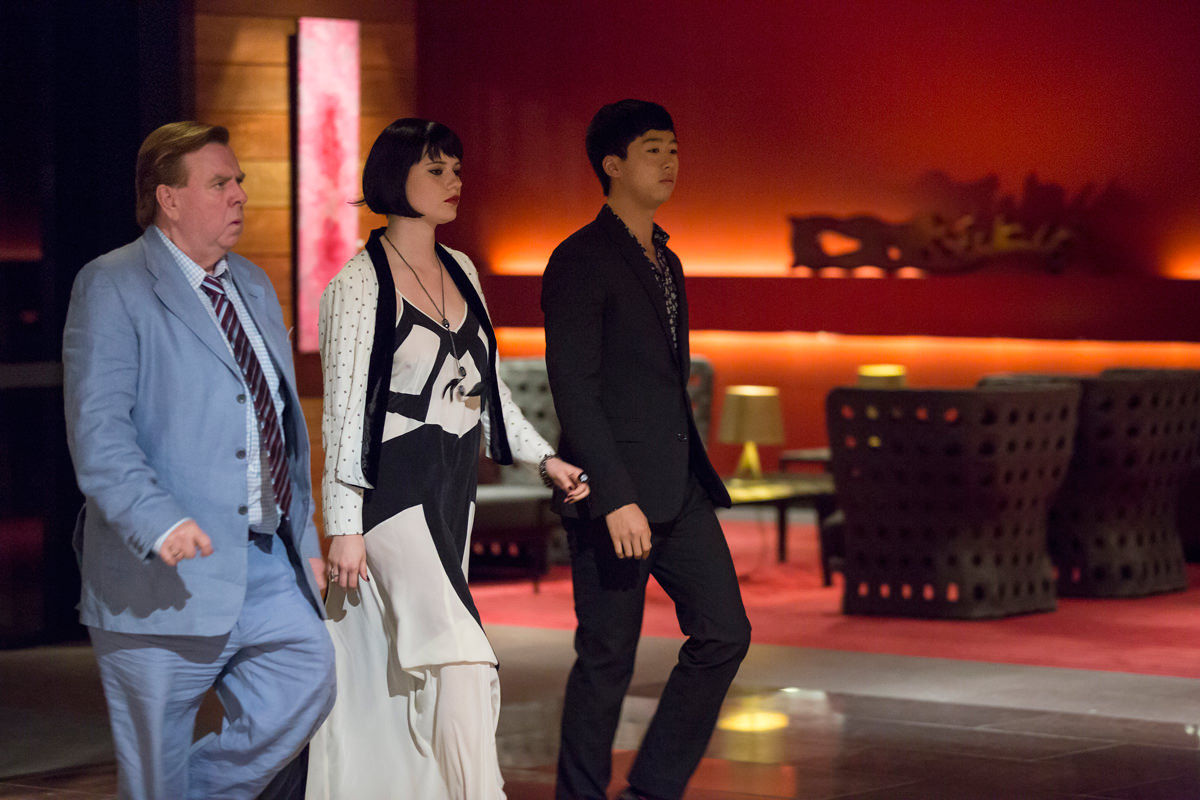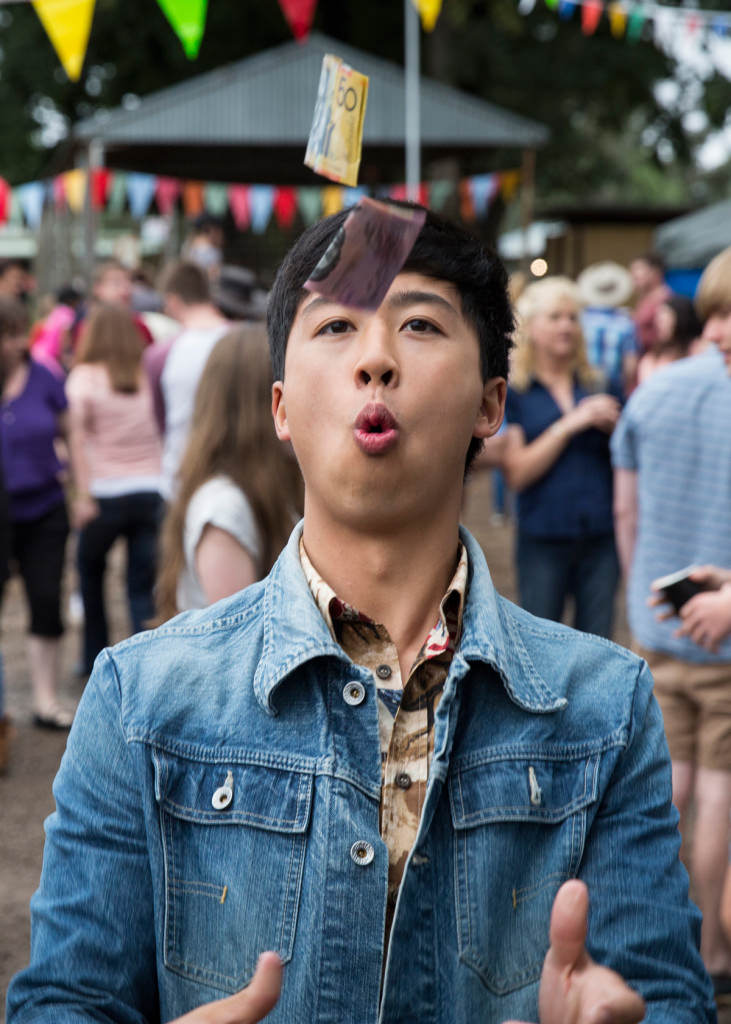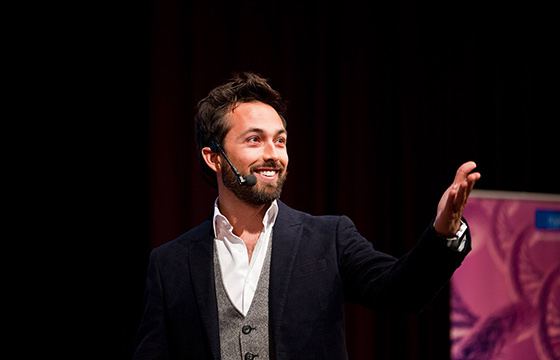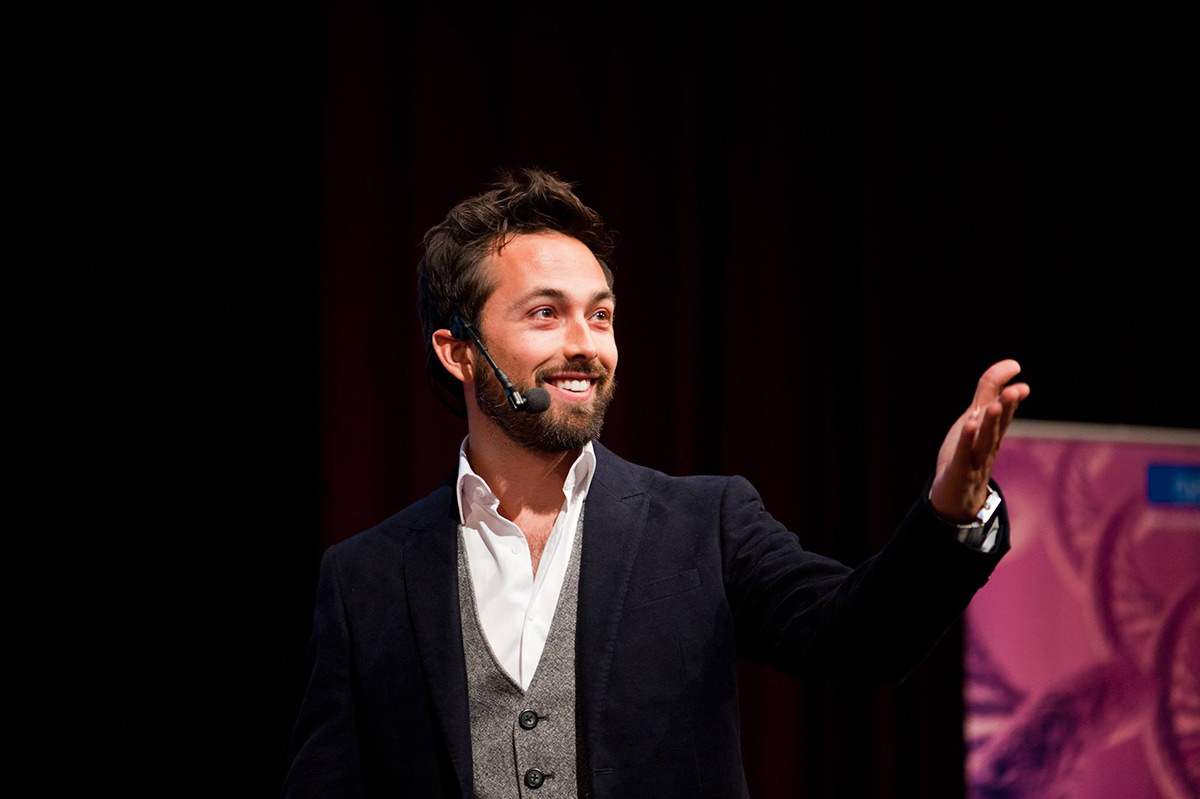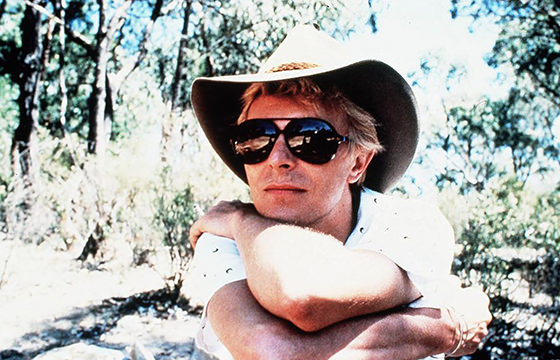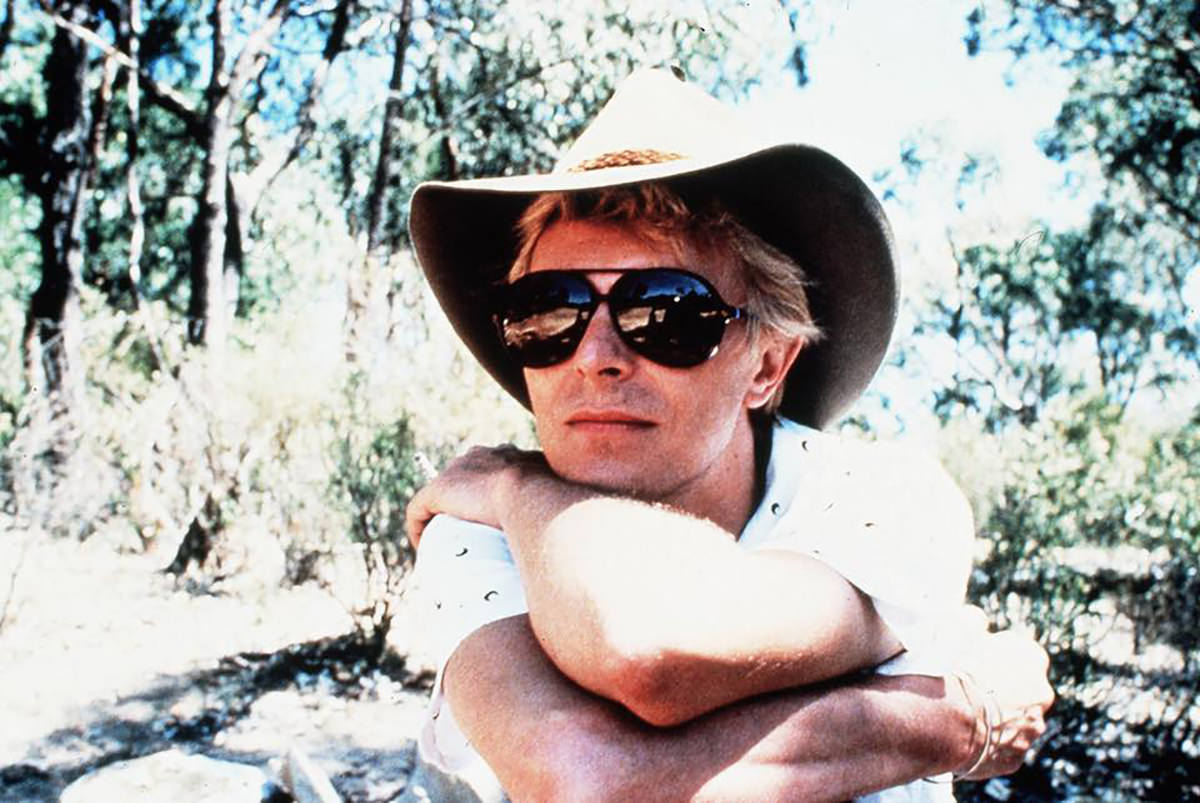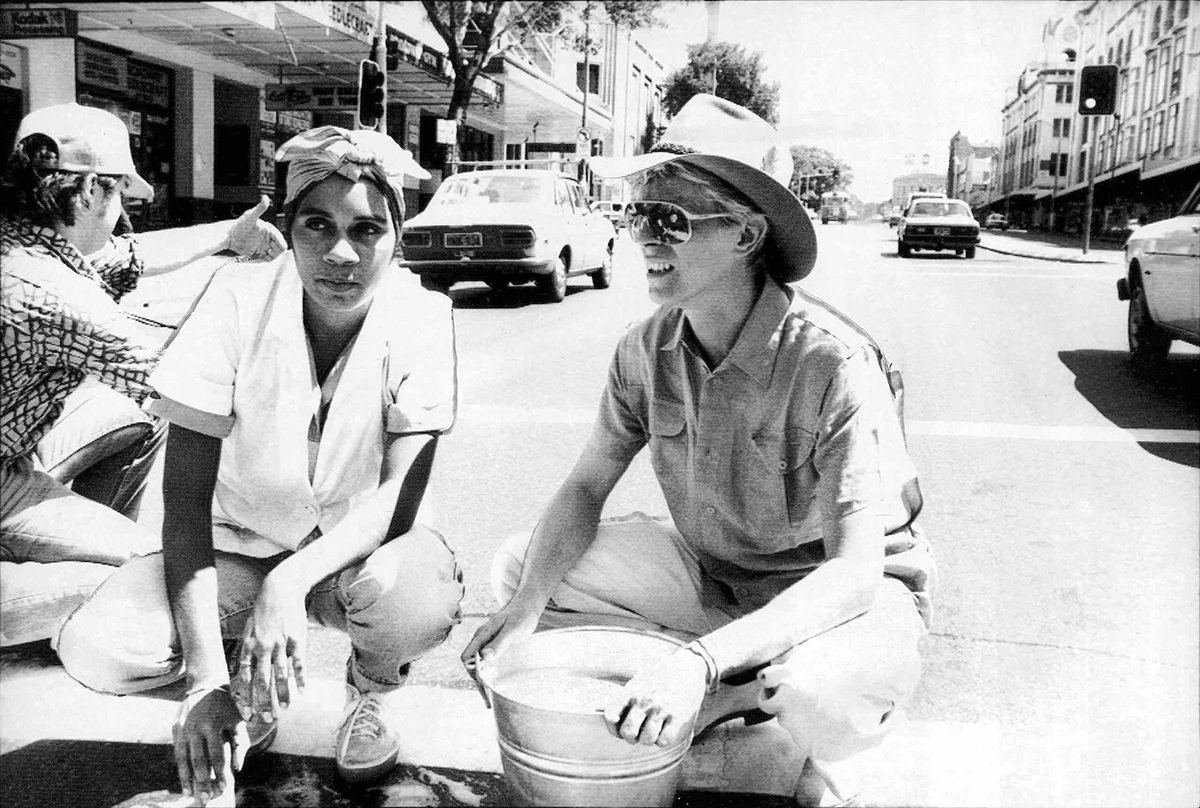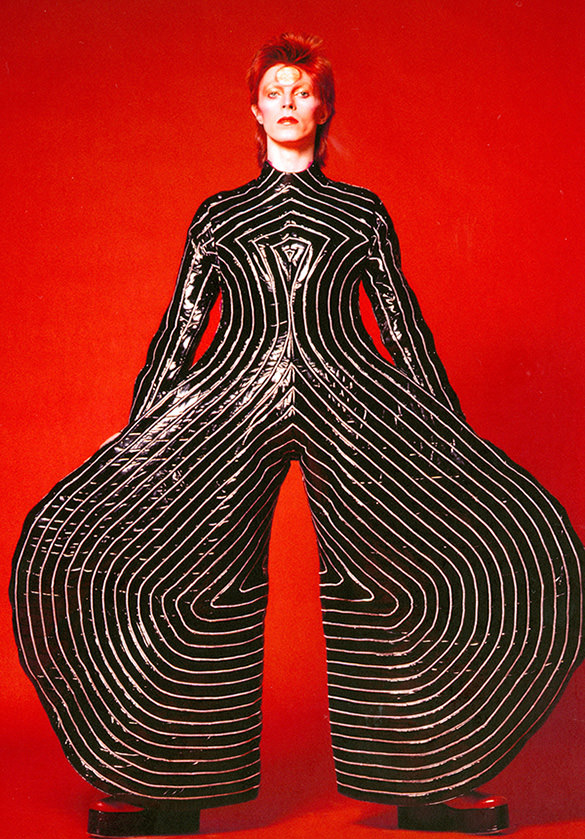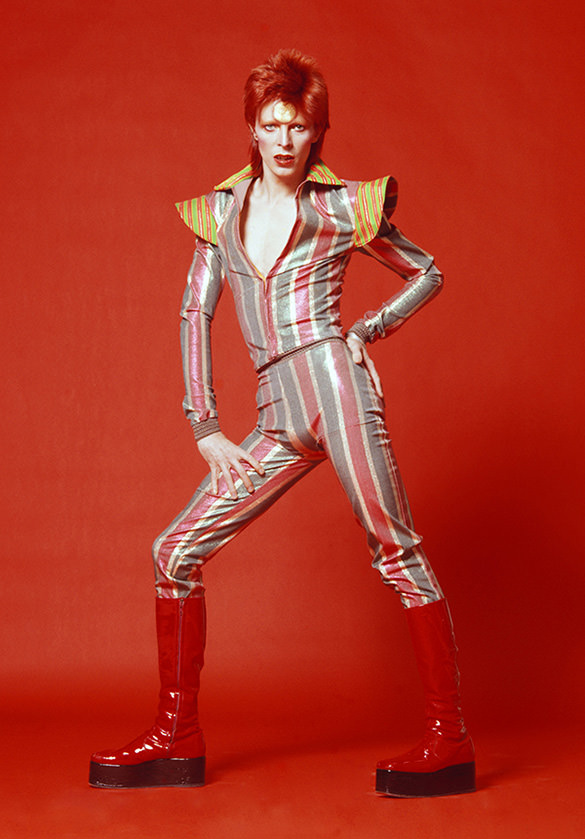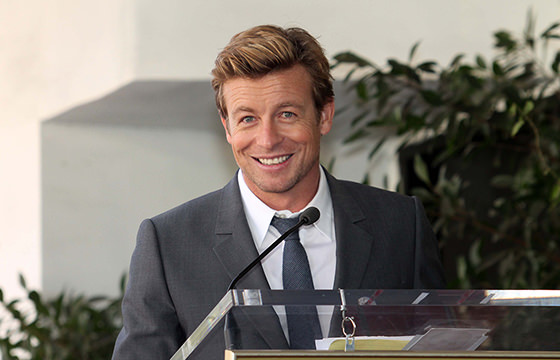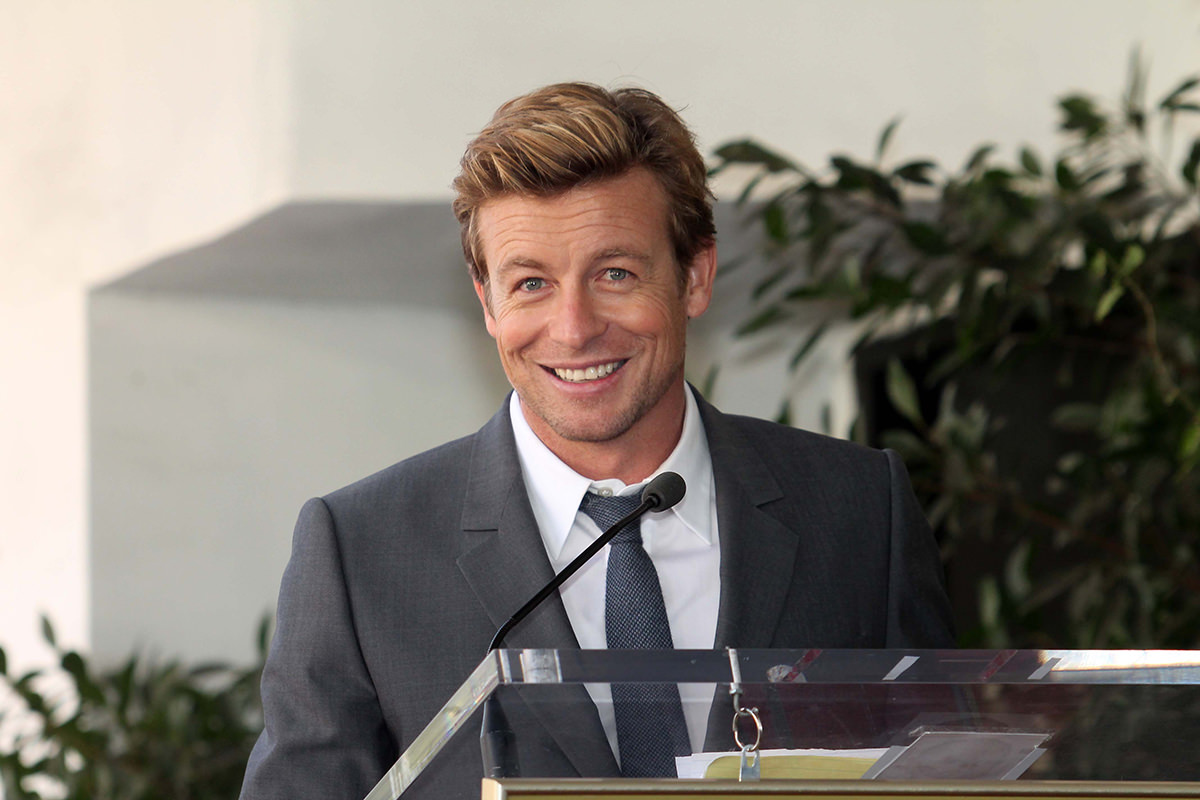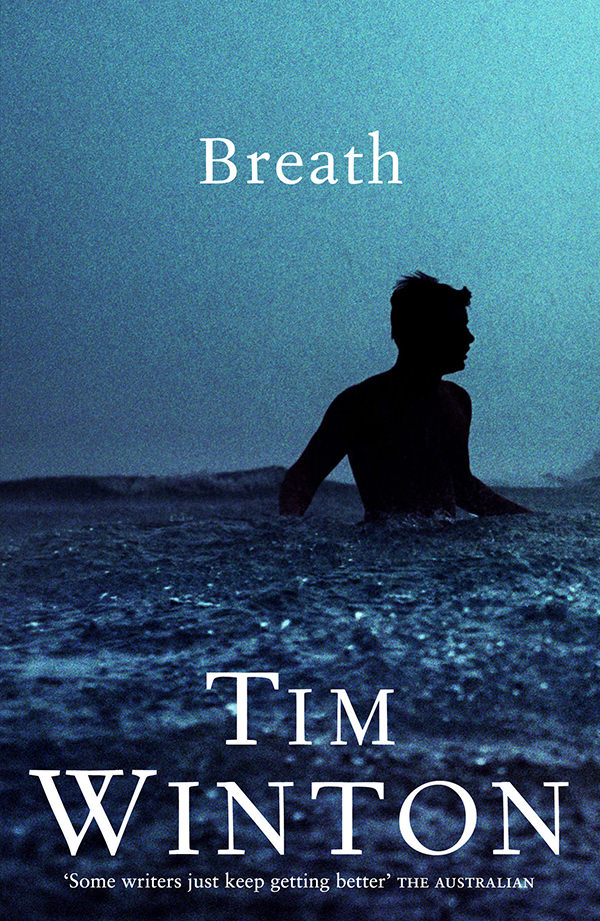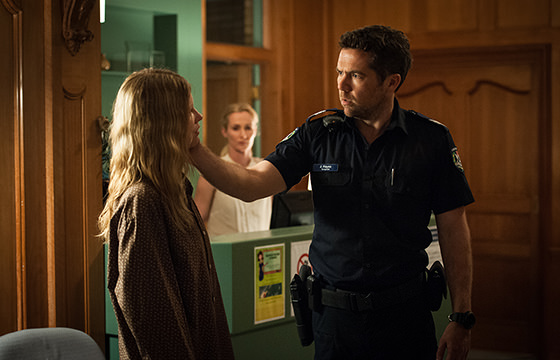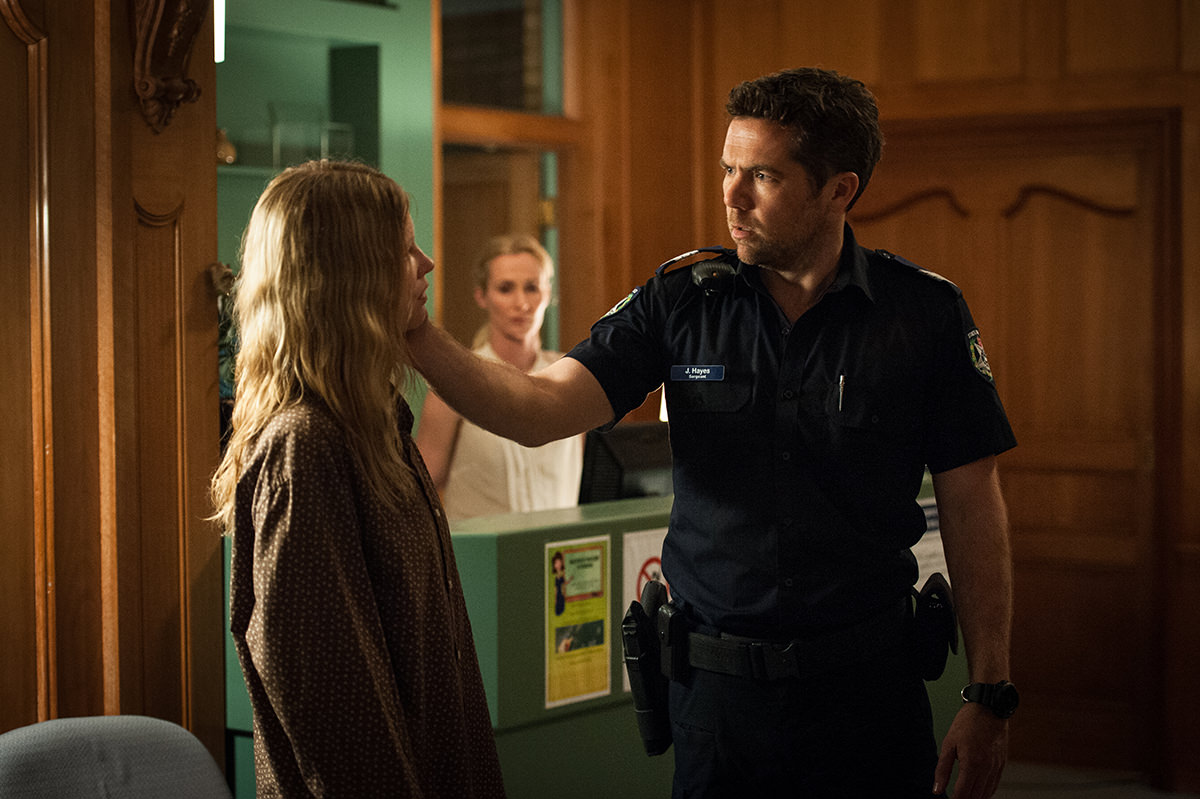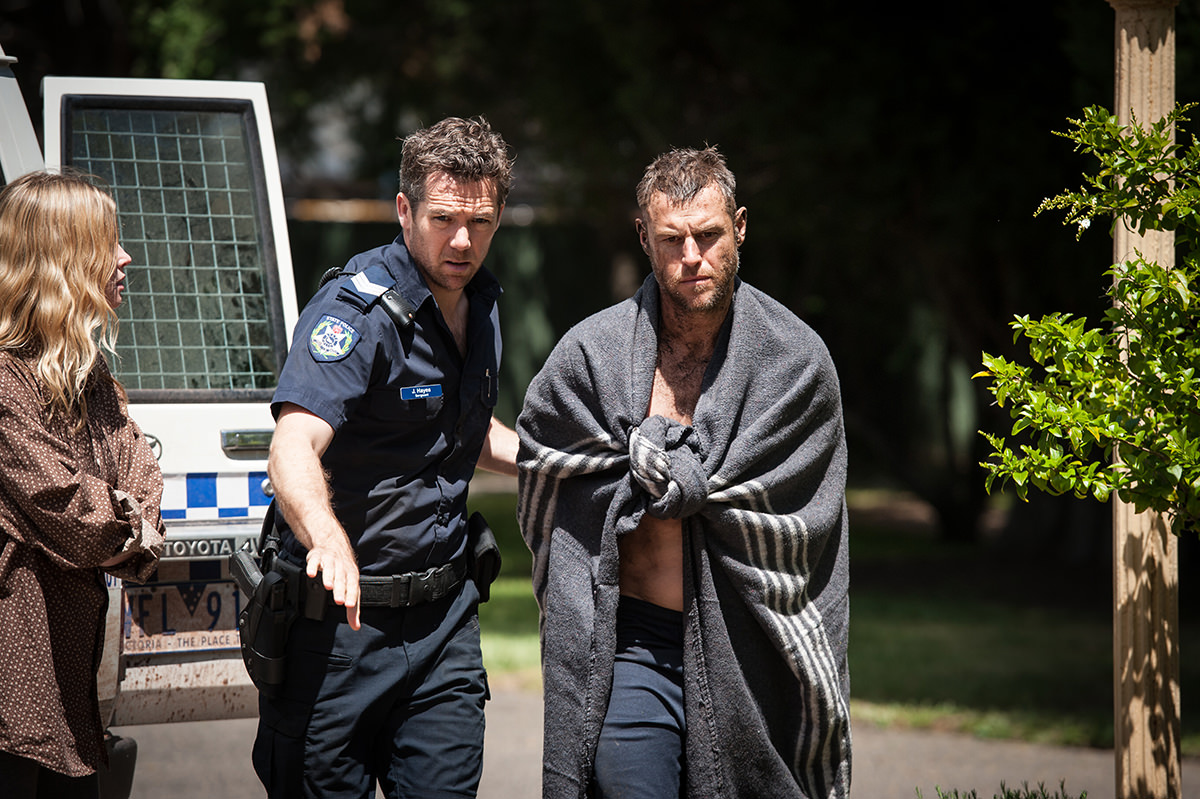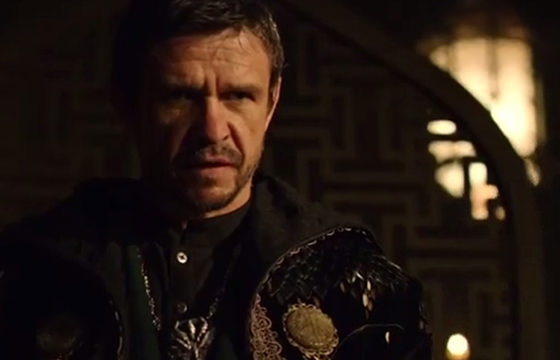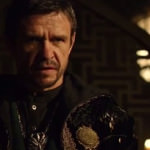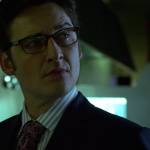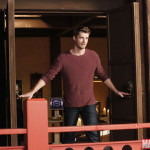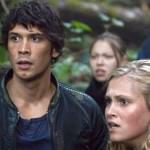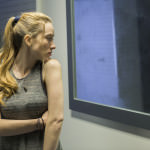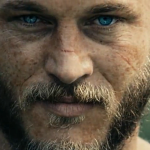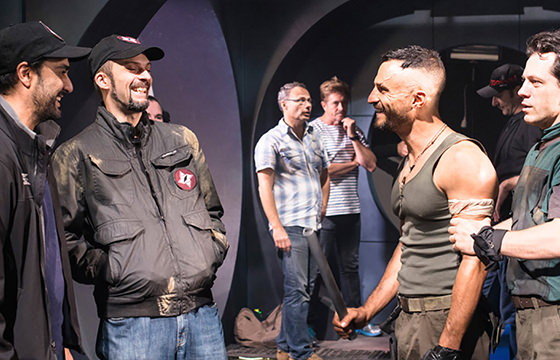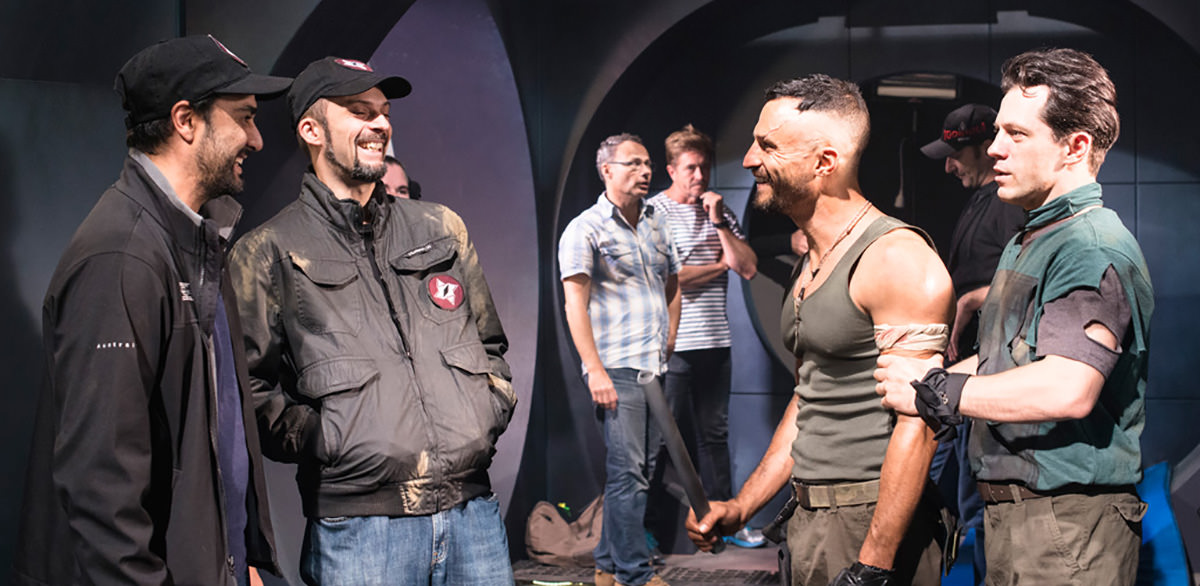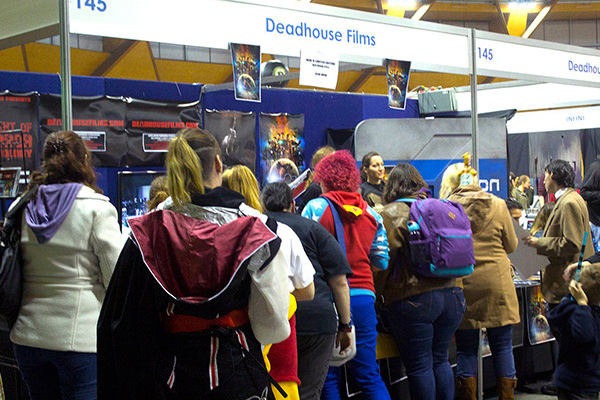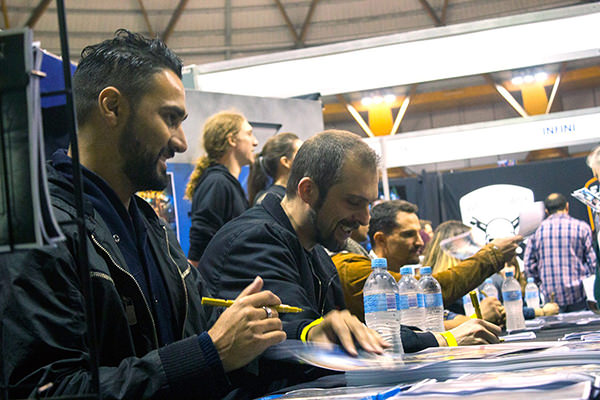
Never has it been more challenging to do what we do. But just what the future holds for the Australian film industry is up to us. Put simply, we have a choice – evolve or risk becoming obsolete. By Rebekah Devlin.
Tonight we unveiled a discussion paper designed to address the issues facing the industry, highlight pressure points for films that struggle to reach audiences and give an overview of some new distributions models.
It has always been true that nothing stays the same in this world.
Technology is presenting opportunities for filmmakers – breaking down barriers to audiences, creating the capacity to build communities of interest, reducing the power of established gatekeepers, and allowing films to be marketed and distributed to a global marketplace.
For lower-budget niche films in particular, the internet has become a powerful tool to finance and release projects that would previously not have been possible.
But the rise of digital distribution has also radically disrupted the established business models and revenue streams that have underpinned the feature film sector without yet replacing them with viable alternatives.
Put simply, there is more content available than ever before but audiences are less willing to pay for it.
It is not a situation unique to the Australian industry, these changes are affecting filmmakers globally – impacting Hollywood studios, distributors, sales agents, exhibitors, home video retailers and small independent producers.
While no one is immune, this new fragmenting distribution landscape is especially difficult for those associated with independent films. Given this is the market for most Australian films, navigating this new distribution landscape represents the single biggest issue facing our feature film industry.
We are not alone in battling the challenges of technology – retail and media are just two fields struggling to cope with a new wave of online competition.
The news is not all bad – 2015 is shaping as a very good year. The Water Diviner, Mad Max: Fury Road and Paper Planes have achieved box office success, while local feature documentaries That Sugar Film, All This Mayhem and Sherpa have also made big waves. Home entertainment is still providing substantial, if declining, revenue, and Australian talent continues to shine on the world stage.
But this should not mask the longer-term structural issues we face as an industry. In Australia, Video on Demand is still in its infancy – Netflix, Presto and Stan are only recent arrivals to our screens.
But their uptake has been quick, which means we too must act quickly. Recent experience suggests it is unlikely, at least in the short term, that these new services will provide rivers of gold. As has been observed in many quarters, ‘analogue dollars are now being traded for digital cents’.
SO WHAT DO WE DO ABOUT IT?
Screen Australia head of business and audience development Richard Harris says collaboration, innovation and diversity must lead the way.
“It’s important to recognise it’s not the end of the world,” he says. “The world we’re in has always been challenging. But we can no longer be passive in this space. The sector, which is a commercial one, has been left to run its own show, but in the face of this latest disruption, Screen Australia must lead debate and help bring about change.”
Indeed these changes can offer opportunity – niche films can find a bigger market courtesy of technology.
Horror and documentaries are two genres which should be able to benefit from being able to better-connect with audiences and release films in new ways.
But by removing gatekeepers, Harris says you also lose knowledge and proven track records in delivering audiences, so there is a trade-off that must be accounted for.
Screen Australia would like to see producers and distributors using their distinct skill sets to collaborate on building audiences early in each project. This will give Australian films the best chance of success.
IF A MOVIE GETS MADE IN A WOODS AND NOBODY WATCHES IT, DID IT ACTUALLY GET MADE?
Screen Australia is here to make sure not only that Australian films get created, but that they connect with their audience in a meaningful way. Because no matter how good a project is, the reason we make movies is for people to watch them.
For producers, the need to understand the film and its audience – from the beginning – has become even more critical.
One of the ways the agency is looking to support growth is in offering greater flexibility in the P&A (film marketing) program. The broadened and extended program is able to support alternative release strategies where there is strong potential to engage audiences and provide hands-on help with innovative marketing approaches to make these releases possible.
COMING SOON… TO A COMPUTER NEAR YOU
While theatrical exhibition is still the central pillar of feature film distribution, a cinema release is not possible for every title.
Interestingly, more than 50 per cent of Australians watch content online. But despite this, the business models for direct to online releases are not established enough to generate meaningful revenues in our market.
Screen Australia would like to explore options to develop direct-to-online as an effective release strategy. This may require additional marketing funds to help films cut through the noise and find an audience.
Genre films are an obvious fit for this – they have a core audience who are active online but are particularly susceptible to piracy.
Crowd-funded films, which have an engaged fan base already, could also be strong candidates.
IT PAYS TO… MARKET
In a world where the first week release is make or break, never has it been more important to start building awareness as early as possible and have a skilfully executed and well-resourced marketing campaign.
Australian producers and distributors are already thinking creatively about audience engagement – including using Cinema on Demand, event screenings, crowdfunding and creative social media campaigns.
Feature films have always been a high risk, high reward proposition. As the industry tries out new models and approaches for particular kinds of films, not everything will work. We must accept a level of failure and learn from those experiences: a model that is successful for one film may not be with other films. And some films may not find a strong audience in any model.
On the other hand, when a film hits the mark creatively and commercially, it can have an enormous and lasting impact. We need to celebrate the successes in the industry and learn from the elements that haven’t worked.
We cannot expect producers to become overnight experts in marketing, publicity and strategy. But we can offer support and empower film makers to build these strategies into their plans.
PRODUCER OFFSET
Producer offset settings may require review to ensure they keep up to date the changing distribution marketplace.
Linking eligibility for the higher 40% offset level to a requirement for a cinema release creates a market distortion that limits a film’s ability to engage a non-theatrical target audience. It can force a film into the theatrical market even where this may not be the most appropriate or cost-effective strategy for its release.
Speaking with a strong, unified voice will have a powerful impact.
WHERE CAN WE HAVE OUR SAY?
While Screen Australia is happy to lead the conversation, and will hold forums and events where these ideas will be thrashed out – the agency wants you to engage with this discussion paper and contribute your thoughts.
“This is an industry-wide conversation and it’s an essential one,” Harris says. “It goes to the absolute core of what our business is day to day. It is essential that industry engages with the paper and considers ways to navigate the new world that we’re in.”
Read the full Distribution Paper here
Have your say here [email protected]



